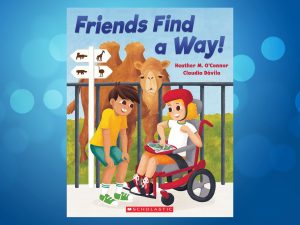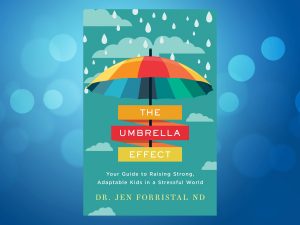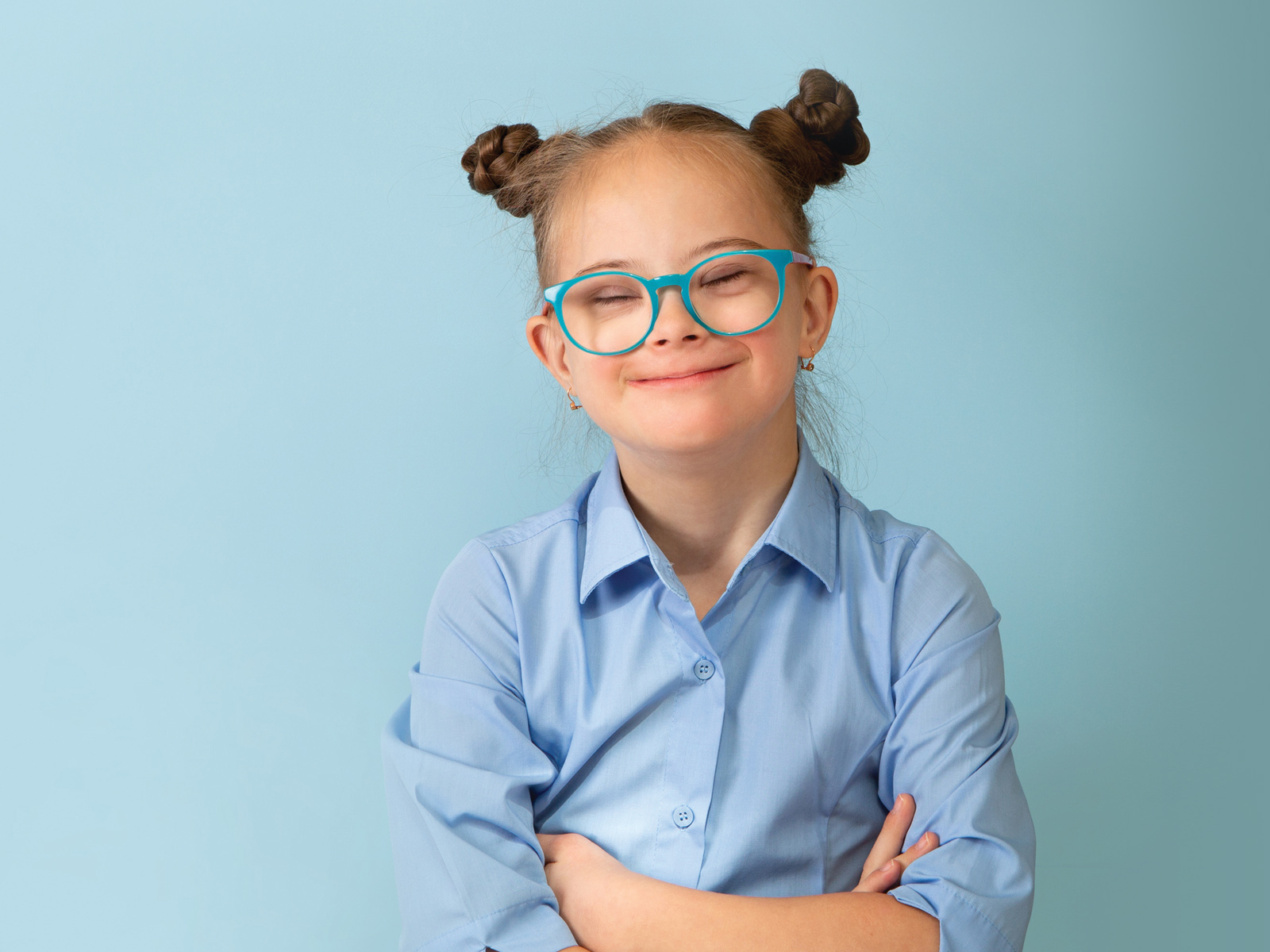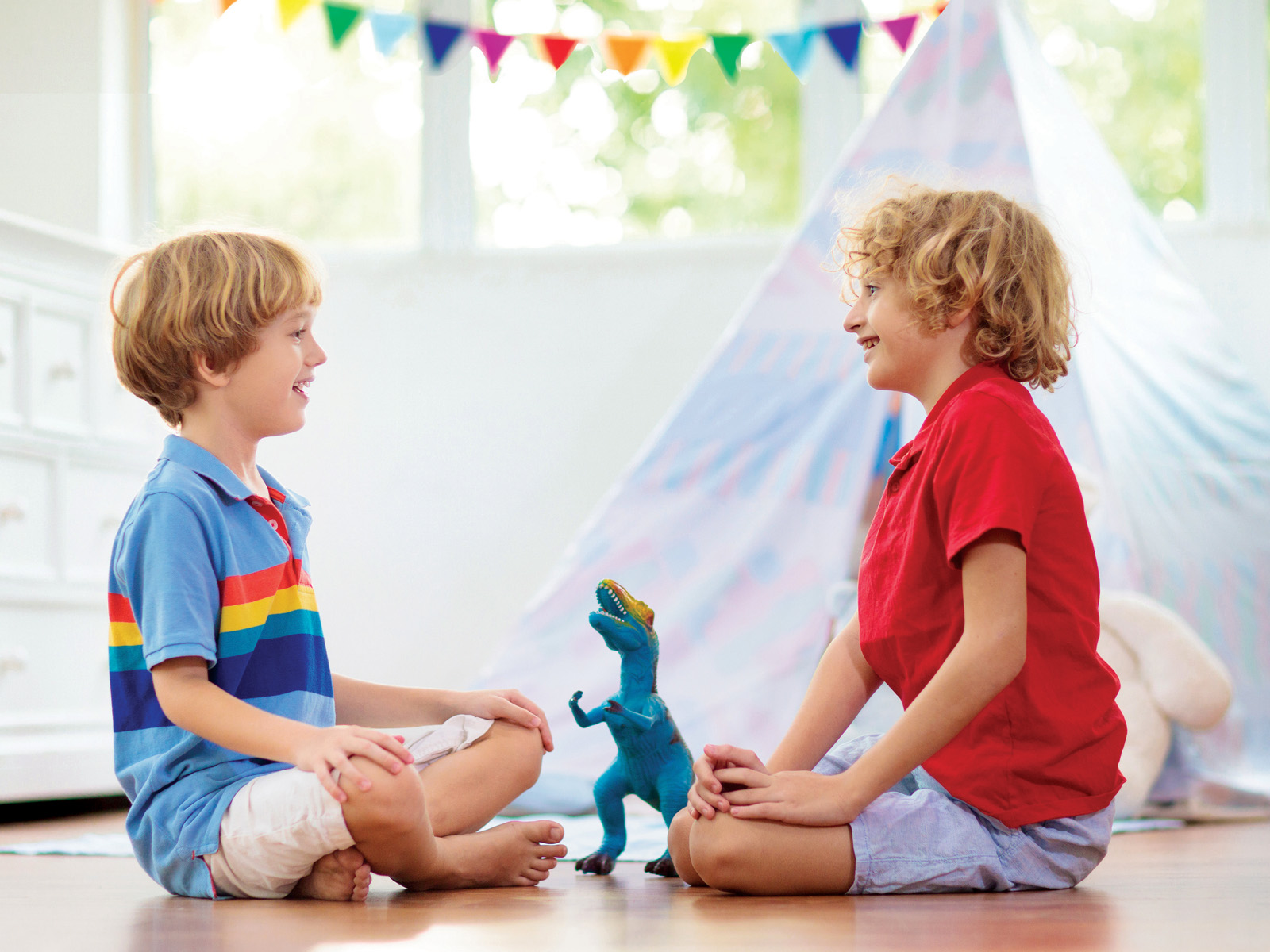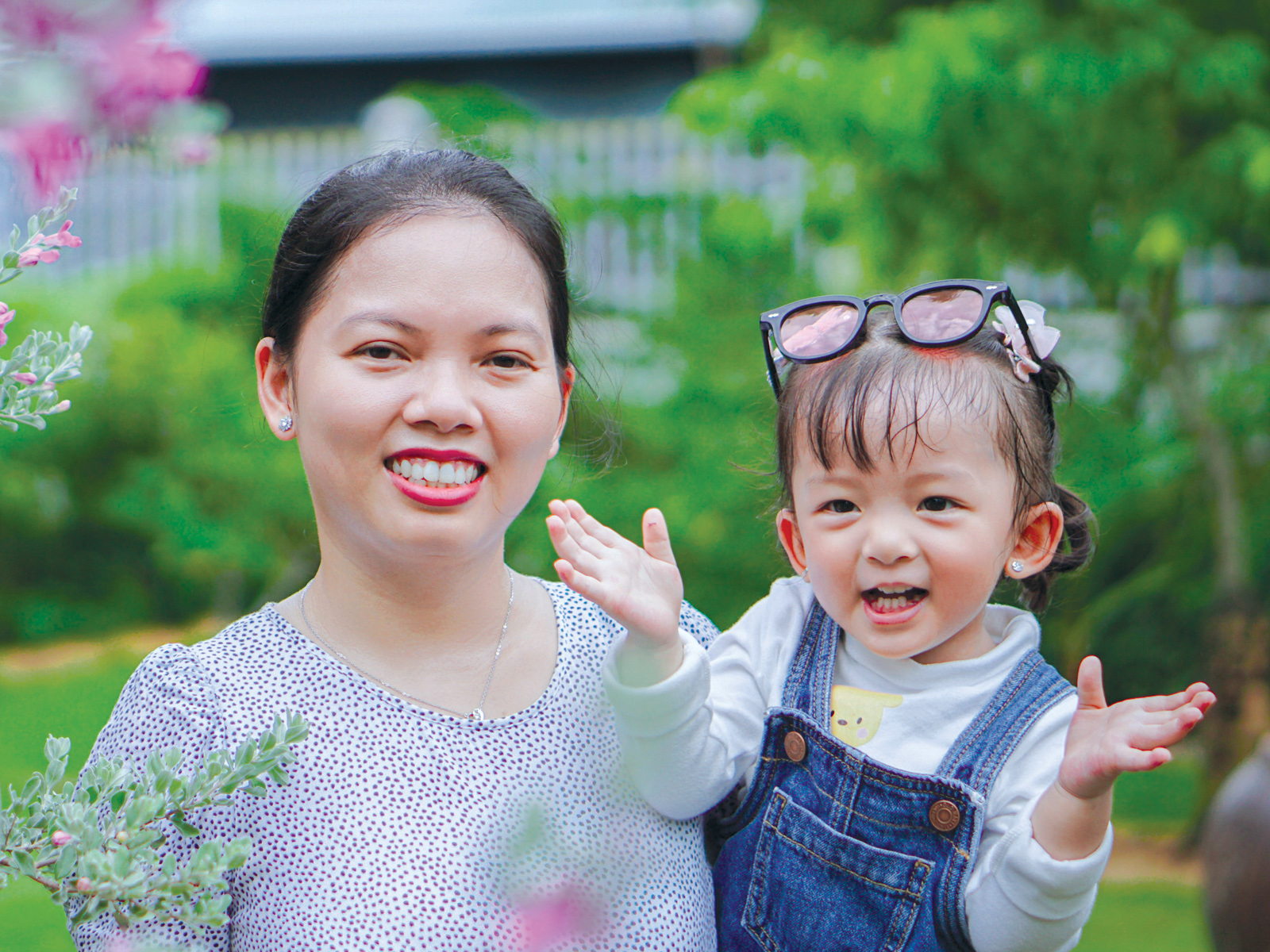We are each brought into this world made up of millions of features that make us utterly and completely unique. It is vital to celebrate our individuality and integrate the remarkable features of those who may be different from us into our daily lives. Often, we take for granted that our children are “sponges”, and we assume that they will automatically form optimistic viewpoints regarding the world around them. Sometimes, diversity and inclusion practices fall by the wayside as we entrench ourselves in the business of our day-to-day duties.
However, we must take an active approach in exposing our children to different ways of life and people who live, look, and learn differently from them. A child’s viewpoints on race, ability, and cultural differences are heavily developed based on the environment they grow up in. As a parent, remaining silent on these issues prohibits open conversations and questions that lead to a deeper understanding of worldly differences for your child.
So, as you begin to take an active approach in immersing your child into different cultures and ways of living, where do you start?
The best place to begin this learning adventure is where we begin most educational quests—a good book. Books can change the way we view the world. Especially for children, the words we read in books can have long-lasting effects.
Did you know that in the year 2020, according to the Cooperative Children’s Book Center, only 12% of books represented Black children? Only 9% of Asian children were represented in children’s picture books, and a staggering 3% of disabled children were featured.
Multicultural children’s literature is a term used to describe books that feature a character or characters from non dominant cultures. This genre can include books about immigrants, refugees, people of colour, LGBTQIA+ members, people with disabilities, and more.
When your child opens the pages of a book, and sees and reads about people like them, this allows them to feel re assured and confident about their place in the world. However, reading books about people who are different from your children not only allow them to learn about these individuals, but to also step into their shoes and see the world through their eyes.
It is essential to increase the amount of representation occurring in today’s children’s books. When I wrote my first children’s book my goal was not only to tell a story that I believed kids needed to hear and learn from but to increase representation in children’s books. I wanted my kids to see themselves more in the books that they read. During the query process I was encouraged to change the characters of my books from people to animals because books with animals on the cover sell better. I saw this piece of advice as confirmation that the lack of representation in children’s literature needs to be addressed.
As we look deeper into the role books play in the journey to foster a more diverse and inclusive learning environment for our children, the list below outlines the “Four E’s” of benefits gained by incorporating multicultural literature into your child’s reading routine.
Education: Most obviously, books are a great source of education. By regularly reading, a child gains an expanded vocabulary, explores creativity, and uses their imagination. Multicultural literature can take this a step further by teaching your children a “different story.” These stories can encourage children to “be the change they want to see.”
Empathy: Books bring people together. Empathy is a strong characteristic to possess in life, and teaching children early on to recognize and appreciate each other’s differences is vital to personal growth. One suggestion is to create a multicultural learning community such as starting a children’s book club. Reading these books as a group, with your child’s friends or classmates, creates an even larger impact for acknowledging and accepting people’s differences.
Exposure: It is important that children of all cultures and backgrounds, not just the ones represented in the books, are reading multicultural children’s literature. This form of exposure unveils experiences of the unknown and enriches a child’s knowledge of different cultures, beliefs, races, and more. Learning about the prosperities and hardships of people different from us allows for greater action to be taken in our own lives to help those around us.
Empowerment: A book can contain an entire universe in a few short pages. Because of this, it provides us and our children a front row seat to the human experience. Often, our identity is influenced only by our immediate environment. Sometimes, we are left wondering if there is anyone else out there like us. Books can empower us to know that we are not alone, and we have shared experiences as humans.
Overall, multicultural children’s literature is important because it helps children about the vastness of the world around them and, through learning, breaks down stereotypes and misconceptions that may be held about different cultures.
Tradara McLaurine is a published author, business owner and higher education professional. She enjoys writing children’s books and has authored “Why Mommy Works” and “Why Daddy Works”, and her newest book, “I Want a Nickname.”



